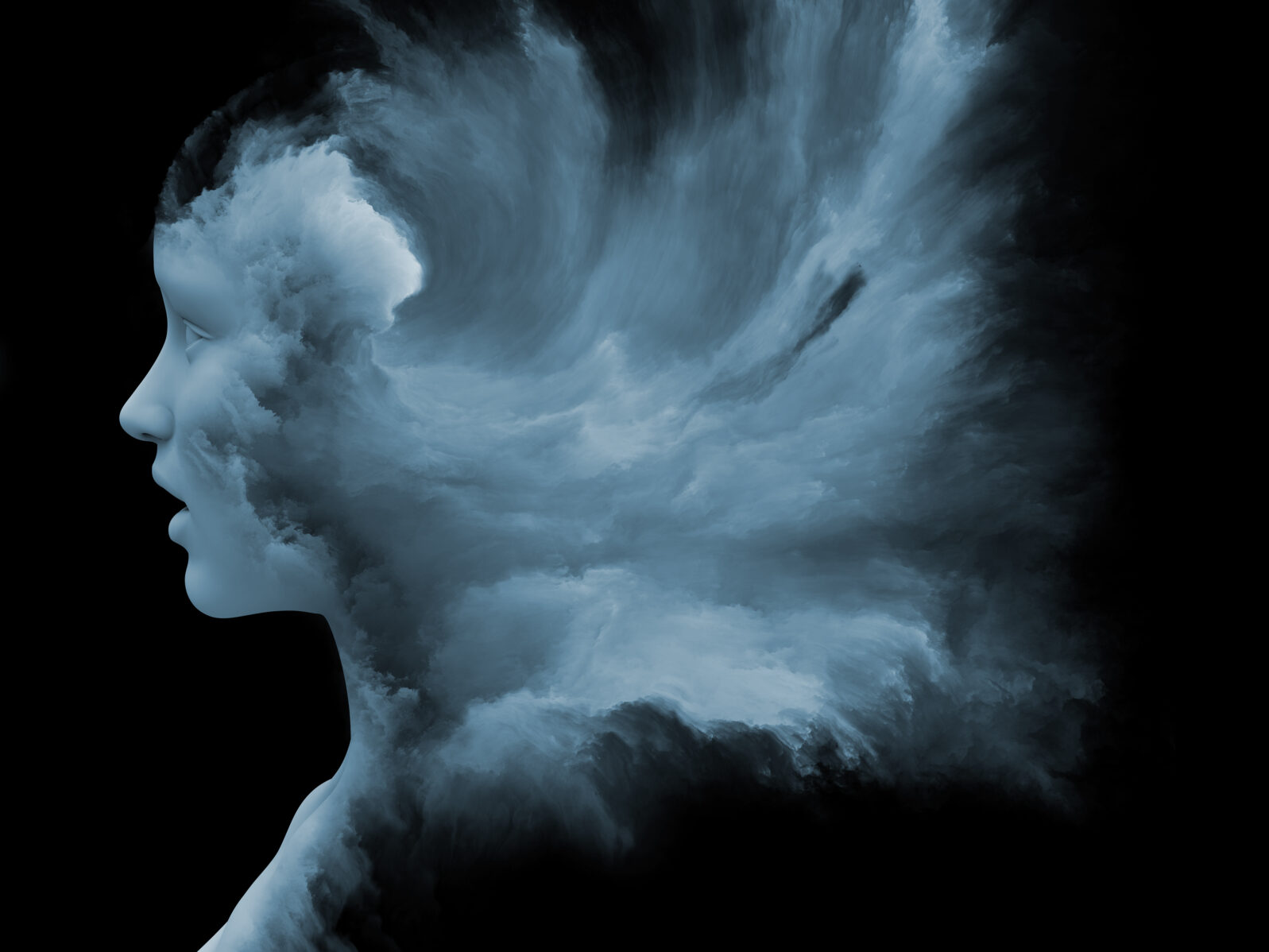A Theoretical Physicist Grapples With the Math of Consciousness
Looking at the various theories, she is not very happyShe’s not very happy with what she sees:
The currently most popular mathematical approach to consciousness is integrated information theory, IIT for short. It was put forward by a neurologist, Giulio Tononi, in two thousand and four.
In IIT, each system is assigned a number, that’s big Phi, which is the “integrated information” and supposedly a measure of consciousness. The better a system is at distributing information while it’s processing the information, the larger Phi. A system that’s fragmented and has many parts that calculate in isolation may process lots of information, but this information is not “integrated”, so Phi is small.
For example, a digital camera has millions of light receptors. It processes large amounts of information. But the parts of the system don’t work much together, so Phi is small. The human brain on the other hand is very well connected and neural impulses constantly travel from one part to another. So Phi is large. At least that’s the idea. But IIT has its problems.
One problem with IIT is that computing Phi is ridiculously time consuming. The calculation requires that you divide up the system which you are evaluating in any possible way and then calculate the connections between the parts. This takes up an enormous amount of computing power. Estimates show that even for the brain of a worm, with only three hundred synapses, calculating Phi would take several billion years. This is why measurements of Phi that have actually been done in the human brain have used incredibly simplified definitions of integrated information.
Sabine Hossenfelder, “The Mathematics of Consciousness” at BacRe(Action)
Note: Integrated Information Theory is one of two key theories of consciousness and the key researcher is Giulio Tononi. The other is Global Workspace Theory, defended by Stanislas Dehaene. There are a number of theories that did not reach the stage of scientific interest, for example, philosopher David Papineau’s position that consciousness is not a problem but dualism is and philosopher Galen Strawson’s contention that consciousness must be physical.
Perhaps we are on the wrong track if we are looking for a materialist explanation of consciousness at all.
You may also enjoy:
Can physics prove there is no free will? No, but it can make physicists incoherent when they write about free will (Michael Egnor)
and
Your mind vs. your brain: Ten things to know
